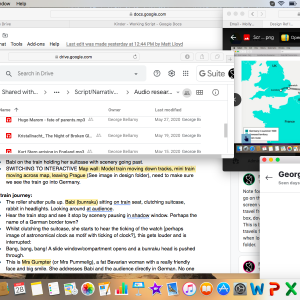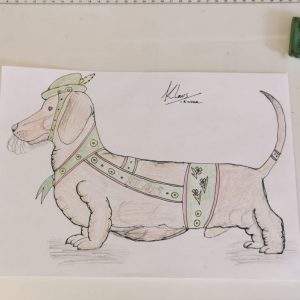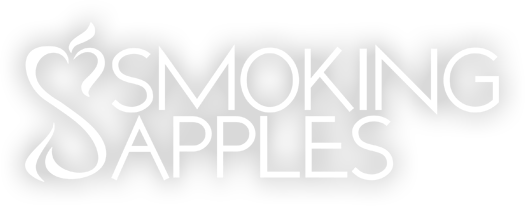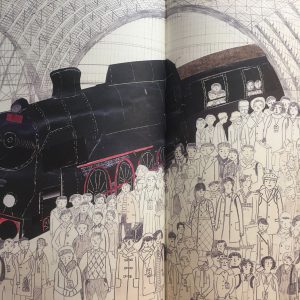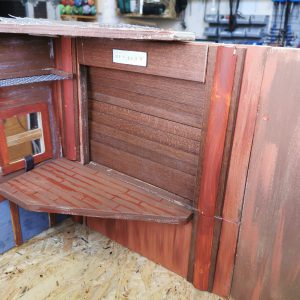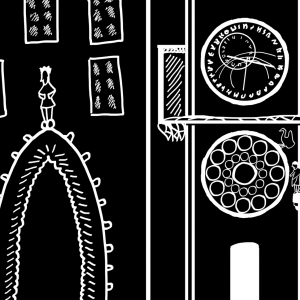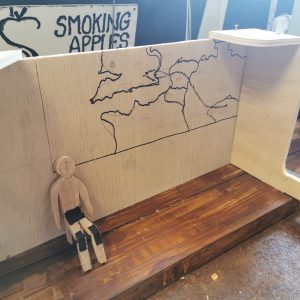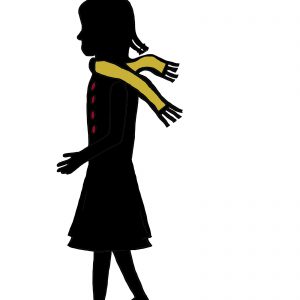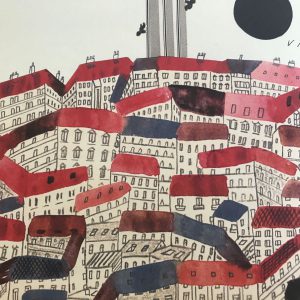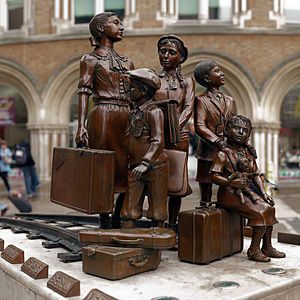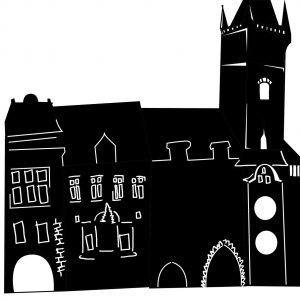It’s safe to say 2020 was very strange for a lot of reasons! We watched the world and ourselves trying to adjust to a global pandemic, trying to work out what next steps to take, trying to make it through, one day at a time. We were hugely privilege to be awarded funding by Arts Council England, just before the start of lockdown, in March. Whilst this was a euphoric moment, we’d be lying if we said it wasn’t then met with some anxiety around how we would then make all of our plans to come to fruition, within the current restrictions.
Only a short while ago, the concept of a remote phase of R&D would have been a very alien one but we made the decision to try and make some initial progress on Kinder across 2020, before taking it into in-person R&D in Spring 2021. We gave it a go and were pleasantly surprised with the outcome. Have a look below to see what we got up to.
Overview
- Kinder is a brand new show, aimed at teenagers.
- The story will focus on the historic event of the Kindertransport. This is where Jewish children were evacuated from Europe, by train, to seaside towns in the UK, before the outbreak of the Second World War.
- Most people know about this in relation to the German Kindertransport but it also happened in the Czech Republic too, with the evacuation of Czech-Jewish children.
- The Czech Kindertransport was pioneered by a British man, called Nicholas Winton and he save 669 children.
- Our resounding memories of seeing shows, as teenagers, are mostly inspiring so the aim is to take great quality theatre into non-theatre settings, including schools.
- To do this, we will create a self-sufficient, self-contained structure that will be able to go into these settings and transport our audiences away from where they are.
- This activity has been generously supported through public funding from Arts Council England and our partner venues; Little Angel Theatre – London, Cornerstone -Didcot and EM Forster Theatre – Tonbridge.
- The video below captures a remote sharing we did, through Facebook Live, on Friday 12th June 2020.
Set Design
- Self-contained set to include all lighting and sound systems.
- The audience will enter through a single door and it will not be immediately clear which way is the “front”.
- The performers will be on the outside, playing in.
- On each side of the set, there will be openings, hatches, countertops, screens and counter tops where we can perform the story. This will include a large shadow screen that looks like a train window.
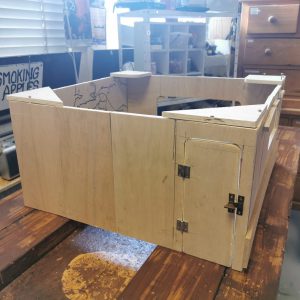
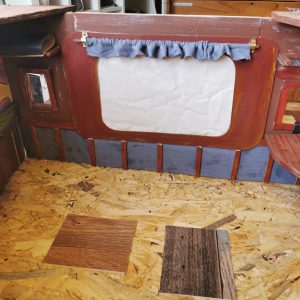
Puppets & Visual Worlds:
- We will work with shadow puppetry but this time focus on using Overhead Projectors (OHP’s). This will enable us to get a more filmic quality to the shadow which works with the sense of motion and forward momentum with travelling.
- On the countertop area, we will use bunraku-style puppetry. We envisage these to be around 40cms tall.
- There will also be an interactive map wall, which shows the train’s journey from Prague to the UK. This will have a train on it that moves so the audience can track the progression of the journey.
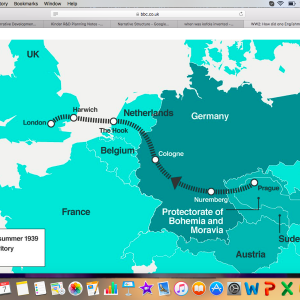
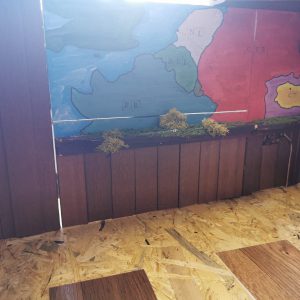
Shadow Puppetry Design & Illustration
- Inspired by the simple shapes and child-like drawings of Czech illustrator Miroslav Sasek.
- Working with slightly angular, cubist lines and skewed proportions, to reflect the perspective of a child.
- We are planning to use printed acetate for some of the backgrounds, hence the greyscale on some of the designs. This enables us to use standard shadow puppets over the top of it.
- Including some splashes of colour in the shadow designs for characters, to keep the connection and link them between the shadow and Bunraku-style worlds.
Narrative & Script Development
- Overall message of the piece should relate to identity; the concept that our identity is not the sum of where we were born, who our parents were or what we do, it is a collection of experiences.
- This is the first time we’ve worked on a script at this stage. There are lots of holes but it has helped to have a full narrative idea down and for us to attempt to articulate our visual ideas!
- We want to play more with language and how this can be a signifier of identity but also a cause of isolation and alienation.
- We want to incorporate real Verbatim text into Kinder so that it remains clear that this is not our story and there were many people affected by this. Kindertransport was a real event and we do not want the audience to forget that.
- Need to balance this with lightness and fun characters along the way.
- Use audience interaction to keep teenagers engaged and get them on side.
